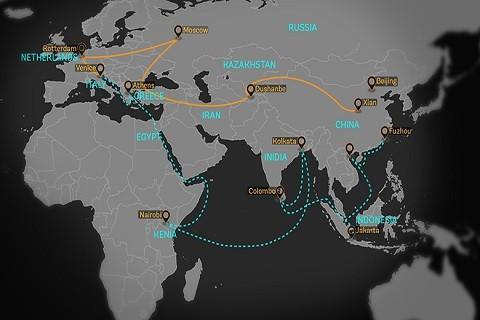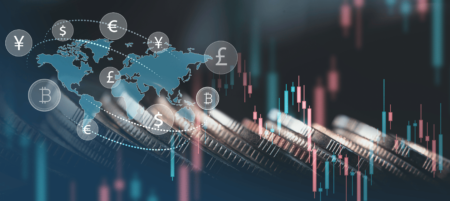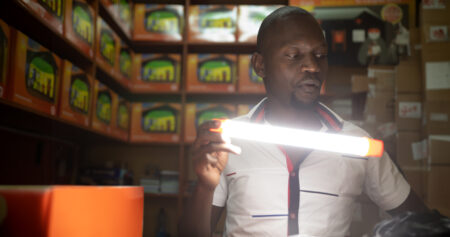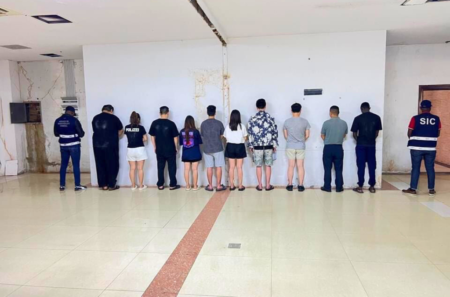- This disturbing state of affairs has raised the alarm over Africa’s debt situation even as the continent steers toward post-pandemic economic recovery
- The World Bank and the International Monetary Fund’s data indicate that these countries have debts surpassing 70 per cent of their respective GDPs
- Multiple governments justify borrowing the 2020/21 financial year with the need to put money towards improving pandemic response and economic recovery programmes
Alarm over Africa’s debt situation is increasing as the debt-to-GDP ratio for more than 20 low-income African countries has surpassed the International Monetary Fund (IMF)’s recommended threshold of 45 per cent.
This disturbing state of affairs has increased the alarm over Africa’s debt situation even as the continent steers toward post-pandemic economic recovery.
The World Bank and the International Monetary Fund’s data indicate that these countries have debts surpassing 70 per cent of their respective GDPs. Part of the debt emanates from an increased borrowing appetite by the respective governments.
Read: Pandora Papers: What do Russia & China have to do with Zimbabwe diamonds?
Nevertheless, multiple governments justify borrowing the 2020/21 financial year with the need to put money towards improving pandemic response and economic recovery programmes.
The overall debt levels have generally risen, and African governments have requested action from multilateral lenders and development finance institutions (DFIs) to ensure that many African countries can support their economies with no need for additional private sector debt. The IMF has also allocated USUS$33 billion to Africa as special drawing rights (SDRs), offering an immediate liquidity boost without raising the debt portfolio.
Lending falling from a 2016 peak
In the last two decades, China has become Africa’s largest financier for development and currently represents around one-fifth of the total lending to the continent. Until recently, this lending was focused on seven resource-rich or strategic countries – Zambia, Kenya, Democratic Republic of Congo, Ethiopia, Djibouti, Cameroon, and Angola – peaking at US$29.5 billion in 2016 before dropping to US$7.6 billion in 2019.
Nevertheless, China’s widespread investment and trade links with Africa and the value of some of these borrowers make it a crucial player in any African and global answer to excessive borrowing.
The role of Africa’s largest financier for development in the African debt differs significantly between nations over time. Although in recent times, it has been viewed from the Belt and Road Initiative (BRI) perspective, it has, for the most part, remained unplanned and uncoordinated, and undertaken by competing lenders linked differently to various elements of the Chinese state.
Rapid growth in Chinese debt to resource-rich African nations in the wake of the millennium, primarily oil-rich countries like the Republic of Congo and Angola, heightened infrastructural expansion but was overshadowed by poor governance, driving China to craft further loans to buttress its African partners against the adverse effects of resource dependence.

China’s lending to Ethiopia and Djibouti does have geopolitical and strategic goals. Still, the existing scenario is one in which control is typically in the hands of the debtor as opposed to the creditor. African’ agency’ is a critical factor in the current debt situation.
As the poor quality of much of its past lending has emerged over the years, China has sought greater control over development loans and required more attention to sustainability. Generally, loans are now on a smaller and more manageable scale than before, and ambitious strategic visions of linking central Africa to the BRI via integrated transport corridors have been abandoned.
The introduction of a global development initiative in September 2021 has seen China move to a ‘new development paradigm’ focused on SMEs support, green development, human capital investments, and an emphasis on foreign direct investment (FDI) flows instead of loan financing.
This change is augmented by China’s reconsideration of its domestic development approach under the ‘dual calculation policy’, which emphasizes domestic consumption as a growth catalyst instead of external demand as the latter becomes less reliable.
Simultaneously, China is focused on preserving as much value as possible in the existing debts while also sustaining its reputation in the developing world, which remains a significant supporter of Beijing on many UN-led platforms.
Consequently, China has carefully abandoned its strong preference for bilateral dealing with problem debtors. The Chinese state avoids being a rule-taker compared to the West on debt issues. Still, it increasingly appears to recognize that multilateral approaches – ideally on an ‘a la carte’ basis – can help contain both the pressures on its African partners and its challenges.
Africa’s largest financier for development, China, therefore cautiously supported the DSSI for some African nations when it came to effect in April 2020, and similarly, the Common Framework launched in 2021. However, the slow implementation of the Common Framework brings to light four specific challenges linked to China’s role.
First is China’s discomfort with the independent and central role played by the IMF in controlling how much a country can afford to pay through its debt sustainability analysis (DSA). Second is the alarm of privates, and public sector lenders in the West over a lack of accountability in the total amount of debt China lent to African nations.
The third is the difference of opinion between Western governments and Chinese authorities on implementing debt burden-sharing between different official lending institutions. And the last one is the differences between private-sector and Chinese lenders on how any relief should be delivered – for instance, the choice between maturity extension and reduced interest rates vis-à-vis debt haircuts.
Africa must push for progress
Constant efforts have been made over the past year in pushing to resolve these challenges with little progress. An essential condition for heightened progress is for African countries to desire this and thus push the West and Chinese authorities to agree on implementing the Common Framework.
A joint resolution should comprise three elements. First, a broad-based ‘G20 plus’ dialogue aimed at building a robust framework to address Africa’s longer-term external financing needs, built partly on the collaboration mechanisms formulated to address the acute debt relief crisis, emphasizing African voices.
Second, a high-level political consensus on reinforced cooperation between China, the West, and other G20 lenders concerning African debt and longer-term financing needs. Third, a technical programme led by the G7/G20 finance tracks addresses immediate problems in the Common Framework and related debt relief initiatives.
Read: Is Africa China’s sweatshop or America’s trade nightmare?










